Biometric locks use unique biological traits for security. This modern approach is becoming popular in Canada. They offer top-notch personal security in homes.
These locks work by recognizing fingerprints or faces. This ensures only the right people can enter. Be-Tech’s biometric door locks are a great example of this tech.
These locks are secure and easy to use. They let families and friends enter without keys. They might even boost your home’s value. Plus, Toronto’s locksmiths can help at (416) 273-9699 with setup.
Understanding Biometric Technology
Biometric technology is changing how we handle security and user authentication. It uses special traits from our bodies and behaviors. These traits include fingerprints, eye patterns, facial features, and the sound of our voice. Thanks to these, biometric systems offer a very high level of security. Now, many of us use fingerprint scanning on smartphones and talk to voice-activated assistants in our daily lives.
What is a Biometric Lock?
A biometric lock is a special kind of security device. It doesn’t need keys or codes to work. Instead, it uses parts of your body that are unique to you, like your fingerprint, to let you in. This makes it really hard for someone else to break in because they can’t copy your unique features.
Key Biometric Identifiers
There are many types of identifiers that biometric locks can use, such as:
- Fingerprints: Every person’s fingerprint is different, making them a very secure choice.
- Retinas and Irises: Eye scanners create detailed maps of your eye for identification.
- Facial Features: Face recognition technology is quickly becoming a key security tool.
- Other Modalities: Technologies that recognize your voice or the pattern of your veins are also used.
How Biometric Locks Work
Biometric locks function in three simple steps:
- Capture: A scanner takes a picture of your biometric data, like a fingerprint.
- Extraction: It then picks out certain features to make a biometric template.
- Matching: The system compares this template to its stored ones to check if you’re allowed in. If the match is confirmed, you get access.
While biometric systems are advanced, they do have some issues. Problems can include security risks like data breaches and, sometimes, mistakes in recognizing authorized users. Thankfully, updates in security technology are constantly making biometric systems better and safer.
Types of Biometric Locks
There are many kinds of biometric locks tailored for different needs. These locks use unique biometric technologies for supreme protection and ease. We will look into fingerprint locks, retina and iris scanners, and face identification systems.
Fingerprint Locks
Fingerprint security is very popular because it is simple and trustworthy. Your fingerprint’s unique pattern makes it hard for intruders to get in. Fingerprint locks for homes cost between $50 to $200, based on the maker and its features.
Setting them up is easy, often taking just 15 minutes, ensuring convenience and safety. Moreover, these systems can connect with mobile apps for easy control from anywhere.
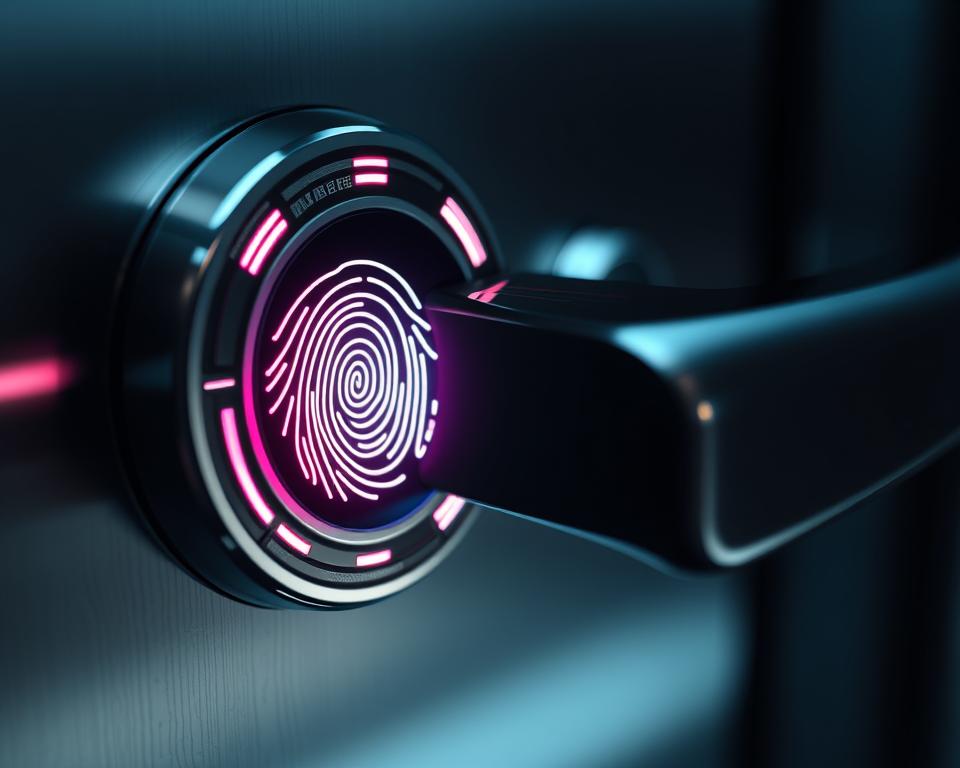
Retina and Iris Scanners
Retina and iris recognition are highly precise as they scan your eye’s unique patterns. Although they are a bit pricey and scanning requires precise eye placement, the security they offer is top-tier. They guard your data with encrypted security, ensuring your info stays safe.
Learn more about these high-tech locks at the Rock Locksmith website.
Facial Recognition
Facial recognition technology is a hands-free way to access secured areas. It uses smart algorithms to analyze facial details for strong security. It might struggle to tell identical twins apart but remains a key-less and password-free option.
Despite its limitations, its integration into smart homes is growing. This enhances both security and convenience in modern living.
Installing Biometric Locks in Your Home
Installing a biometric lock can make your home more secure. With the right tools and knowledge, adding this advanced technology is easy. It’s important to know about DIY home security before you start. This ensures you get the best results.
DIY Installation Tips
Many biometric locks are perfect for DIY home security. You can set them up with simple tools like a screwdriver and drill. First, check that your door fits the lock. Then follow the guide, mark the door, drill holes, and install the lock parts. Brands like Smonet and Tenon provide easy instructions.
Power Source Considerations
The type of power for a biometric lock is crucial. Most use 4 AA batteries and last about six months. Make sure you have new batteries. Some locks can connect to smart home systems. This offers more features like keeping records and sending alerts.
Compatibility and Positioning
Before adding your lock to a smart home, check if they work together. Locks like the Smonet are designed to work with Alexa and Google Home. This adds ease and security. Place the lock as the maker suggests for the best security. Proper installation ensures it works fast and keeps out unwelcome guests.
By following these steps, you can put in a biometric lock well. This adds both safety and convenience to your home.
Are Biometric Locks Secure?
Understanding the security of biometric locks involves knowing about data security, encryption, and hack-proof features. These locks, like fingerprint door locks, are popular because they don’t need keys or PIN codes. They keep sensitive biometric data safe to ensure only allowed people can enter.
Data Security and Encryption
Biometric locks use complex encryption to keep the biometric data safe. This stops unauthorized people from getting in. For instance, fingerprint locks protect your data with tough encryption. This keeps your access safe and private.
These systems’ encryption aims to be hack-proof, cutting the risk of data leaks. But, it’s key to pick a lock system that meets the standards for encryption and data protection.
Potential Security Risks
Biometric locks are mostly secure, but there are still risks. Problems like not recognizing a fingerprint can happen. This can make it hard to get in for a bit. Also, if they’re linked with insecure smart devices, they could be hacked.
Storing personal biometric data raises privacy issues. It’s important to choose systems that protect your data well. Another issue is that some locks need electricity and don’t work if the power goes out.
Comparing to Traditional Locks
Biometric locks have clear benefits over old-school locks. Traditional locks can be picked or keys can be lost. But, biometric locks use unique access features that can’t be copied or given to someone else.
Industry data shows biometric locks give better security for your home. They cost more at first, but they offer more security, ease, and peace of mind.
Despite their flaws, like cost and needing power, the security gains from biometric locks are huge. Using secure biometric data and encryption, and choosing hack-proof systems, lets homeowners feel safer than with traditional locks.
Conclusion
Biometric locks represent a big step forward in making our homes smarter and safer. They merge high-tech features with ease of use brilliantly. These systems allow multiple ways to unlock doors. For example, you can use fingerprints, PIN codes, or even your phone.
For people living in cities like Toronto, biometric locks mean better security without losing convenience. A Toronto locksmith can add features like anti-tamper alarms to your home. This makes biometric locks great for houses, offices, and luxury apartments. Plus, their use in devices like phones shows they’re trusted and widely accepted.
Biometric locks do more than just keep intruders out. They make family life simpler. Parents can keep track of when kids come home. They can set times for when doors should open and get alerts too. There’s even special access for older family members, increasing their safety.
When you choose a trusted biometric lock supplier, your family’s privacy is protected. These systems are designed with data protection in mind. With ongoing improvements and new features, biometric locks are staying at the cutting edge of security technology. They’re proving to be an essential part of home safety strategies.

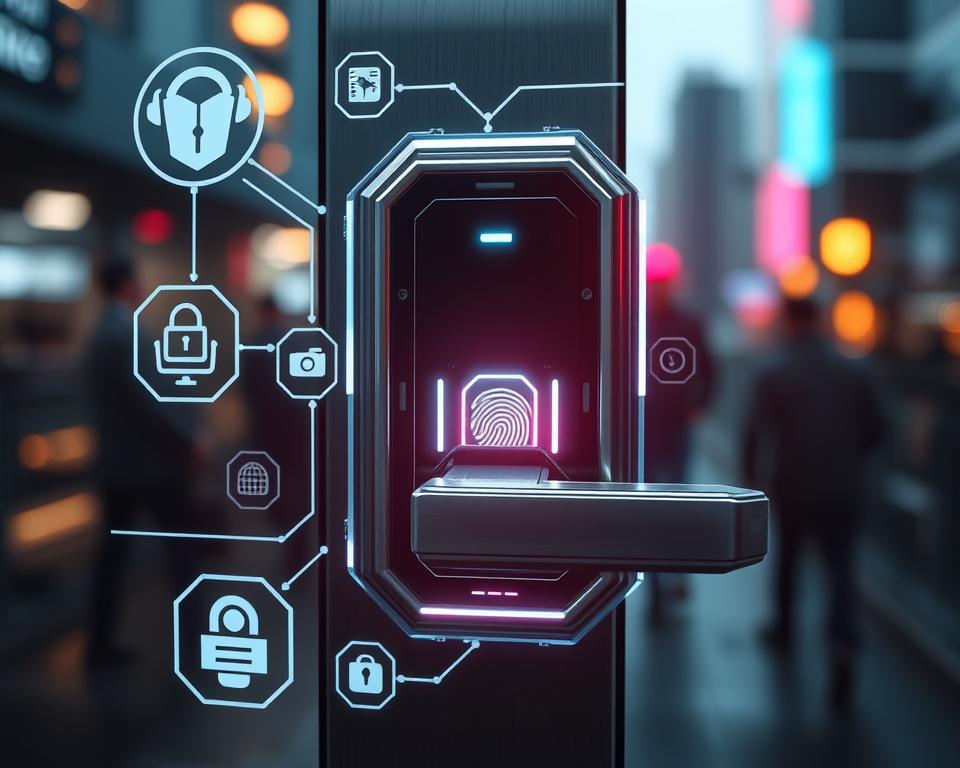
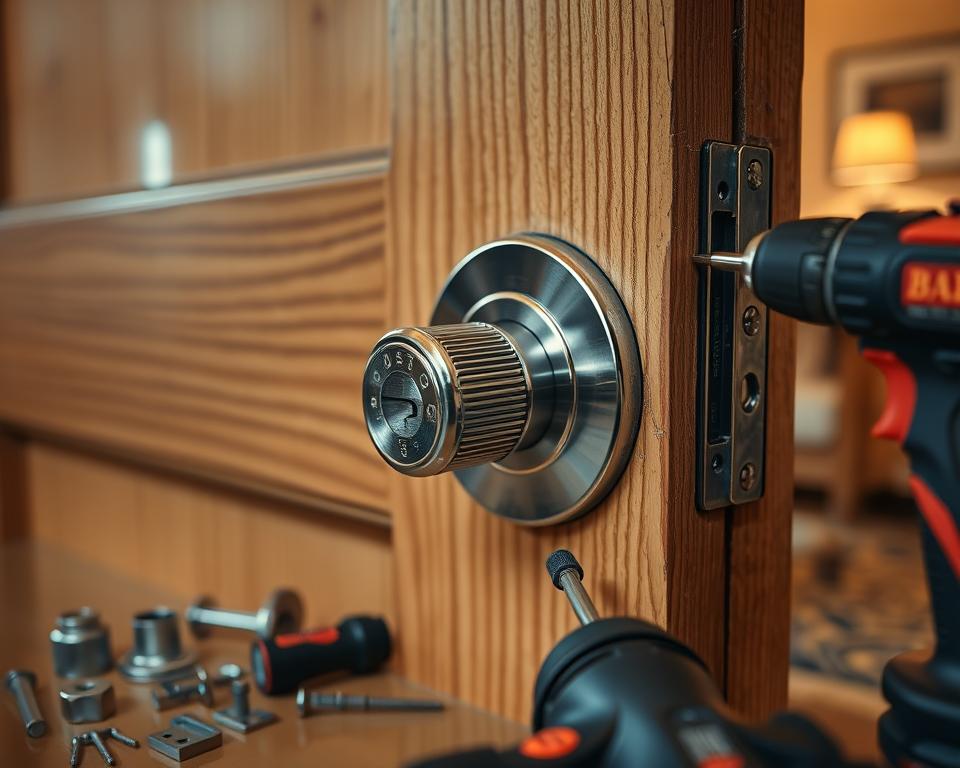
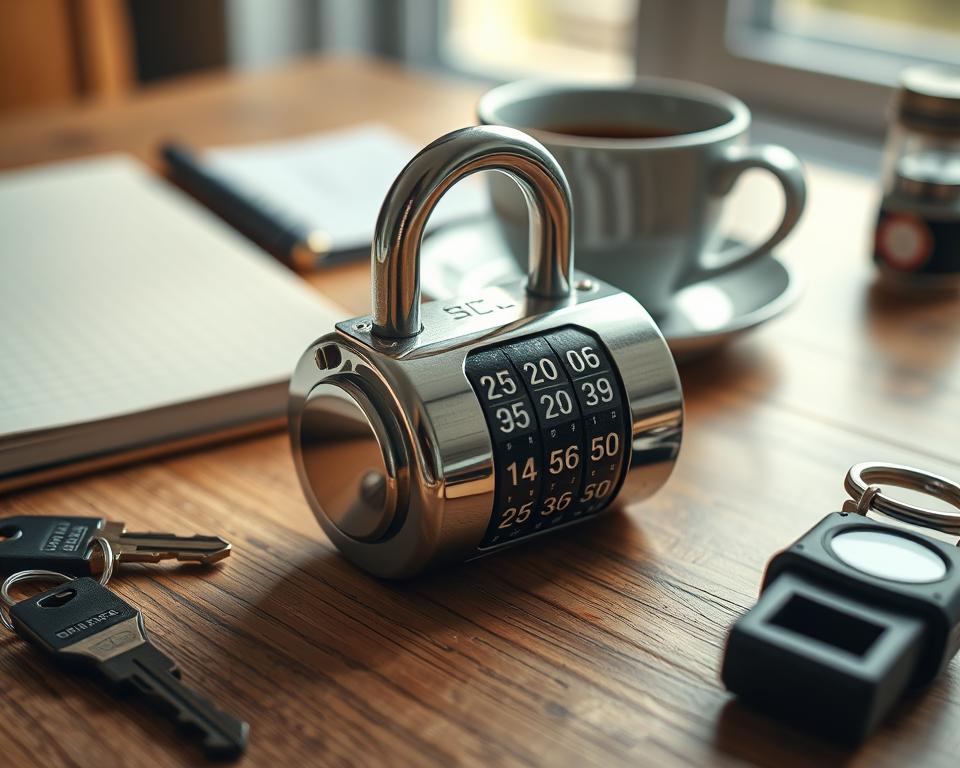
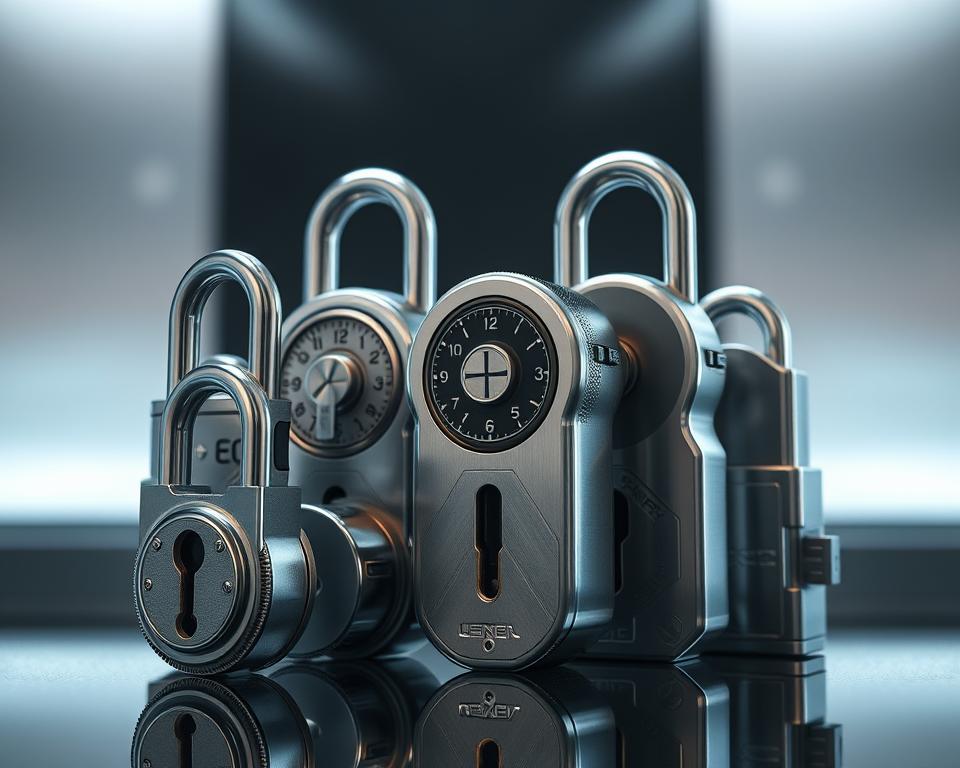

Recent Comments